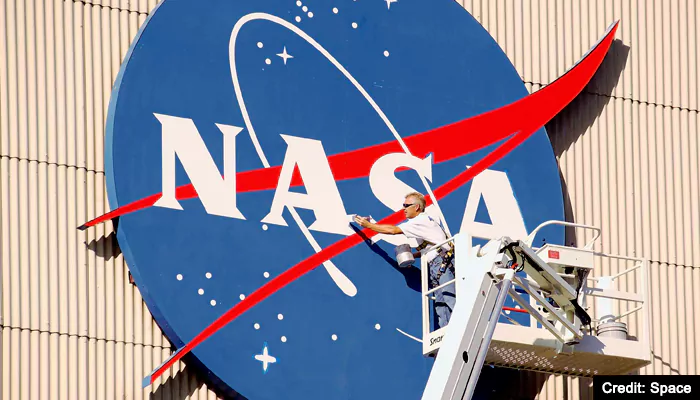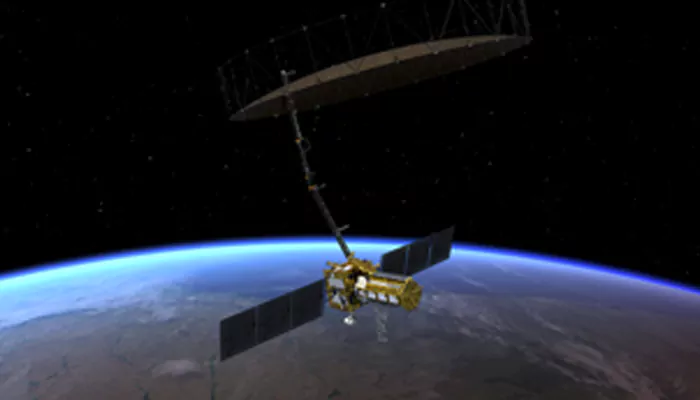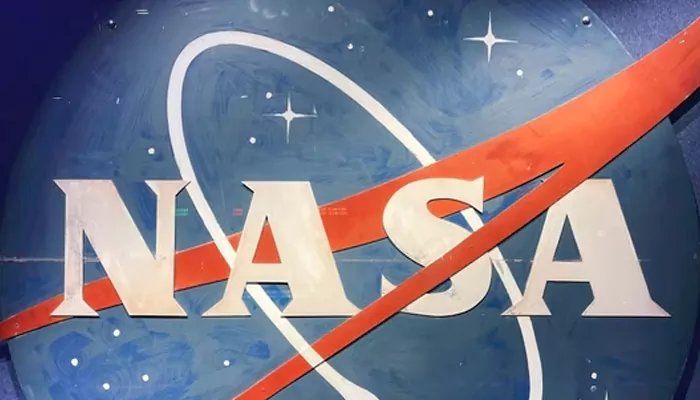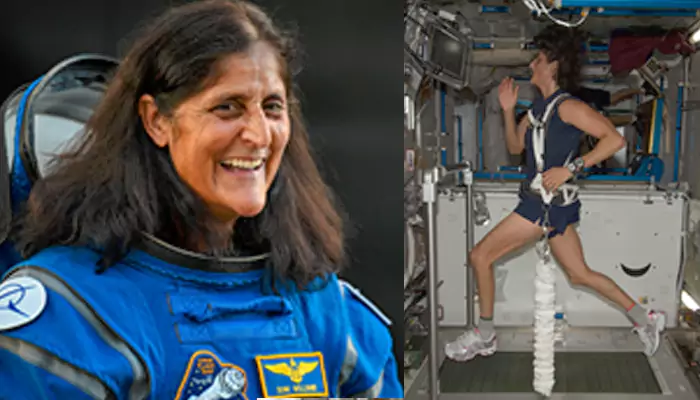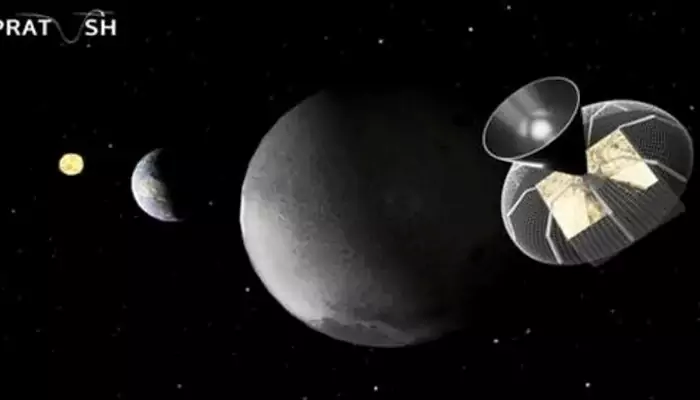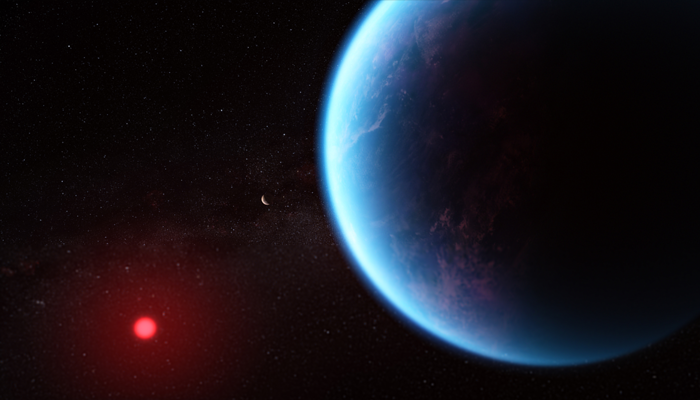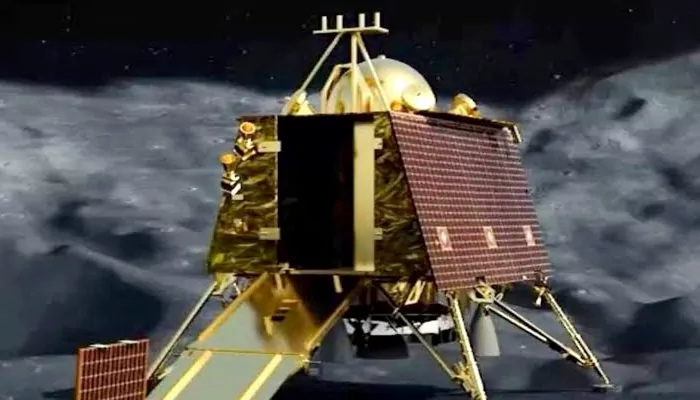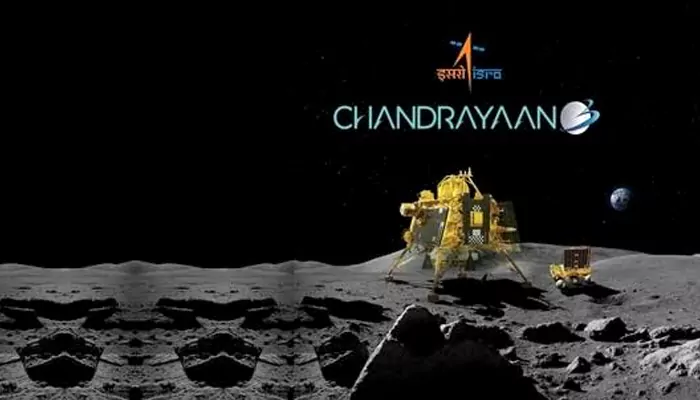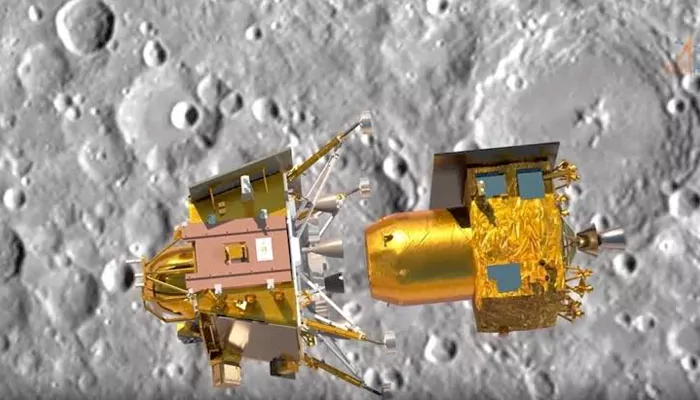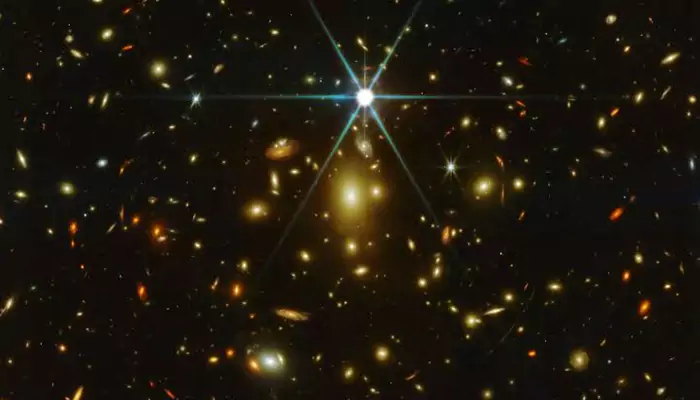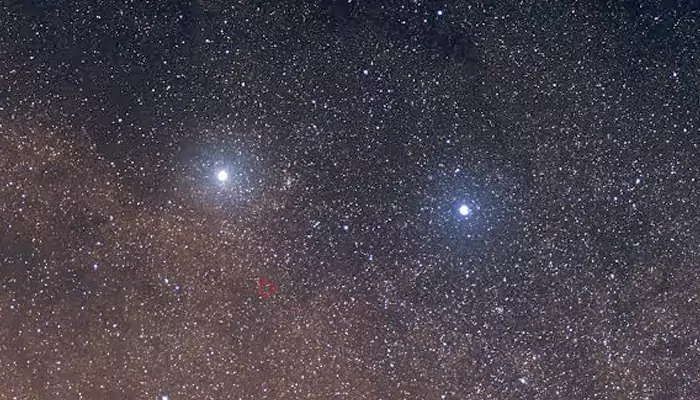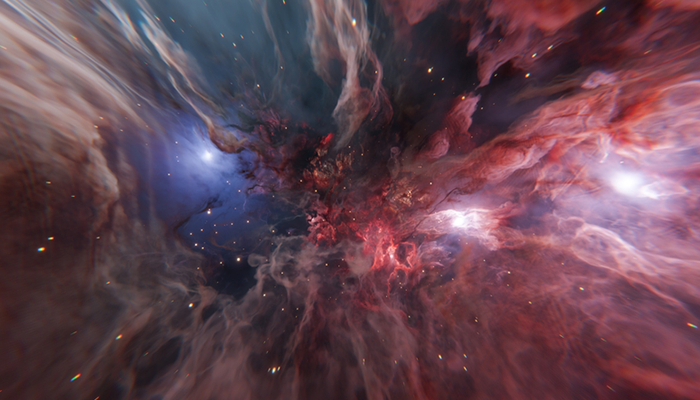
Here are today’s most important updates from the realm of Science and Space.
Make a Wish! The First Meteor Shower of 2025 is Here
As the new year unfolds, stargazers are in for a treat with the Quadrantid meteor shower, which peaks on January 3-4, 2025. The Quadrantids are unique among meteor showers as they originate from the asteroid 2003 EH1, rather than a comet. With a waning crescent moon providing optimal visibility, conditions are ideal for observing this spectacular phenomenon. During its peak, observers can expect to see between 60 to 120 meteors per hour under ideal conditions. The best time to view these meteors is in the early predawn hours when the sky is darkest, particularly between 3:00 AM and 5:00 AM local time. The Quadrantids will remain active until January 16.
Science Fiction No More: Quantum Teleportation Proven Possible

Northwestern University scientists have made a groundbreaking advancement in quantum communication by successfully demonstrating quantum teleportation over a fiber optic cable that is simultaneously carrying Internet traffic. This innovative achievement opens up new possibilities for integrating quantum communication with existing Internet infrastructure, potentially simplifying the setup required for distributed quantum sensing and computing applications. Quantum teleportation is a process by which quantum information (such as the exact state of a particle) is transmitted from one location to another without physically moving the particle itself. This relies on the phenomenon of quantum entanglement, where pairs of particles become linked, allowing information to be shared instantaneously over vast distances without physical transmission.
Bellatrix's Breakthrough: Rudra Propulsion System Triumphs in Space

The Rudra High-Performance Green Propulsion System has successfully aboard the POEM-4 platform, marking a significant milestone in India's space exploration efforts. This test, conducted as part of the PSLV-C60 mission, reaffirms the reliable performance of the propulsion system, which utilises entirely indigenous technology. The POEM (PSLV Orbital Experiment Module) serves as a unique platform that repurposes the spent fourth stage of the Polar Synchronous Launch Vehicle (PSLV) for extended microgravity experiments in orbit. The key achievement of this mission is that all subsystems used in the Rudra propulsion system are 100% manufactured in India, highlighting the country's growing capabilities in advanced aerospace technology.
Mystery Solved: Original Source of 2022 Alien Signal Identified

Astronomers at the Massachusetts Institute of Technology (MIT) have made significant progress in understanding the origins of fast radio bursts (FRBs), mysterious cosmic phenomena that emit intense bursts of radio wave signals for mere milliseconds. Since the first FRB was discovered in 2007, thousands have been detected, with origins ranging from our galaxy to distances of up to 8 billion light-years. The recent findings suggest that FRB 20221022A likely erupted from within 10,000 kilometers of a rotating neutron star, specifically from its magnetosphere, an area characterized by extreme magnetic fields.

